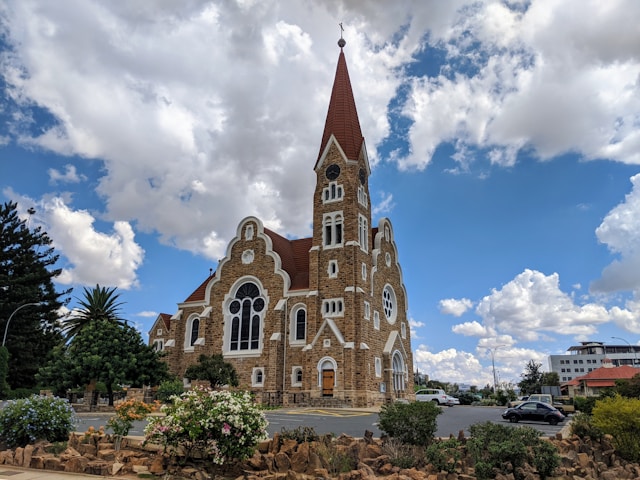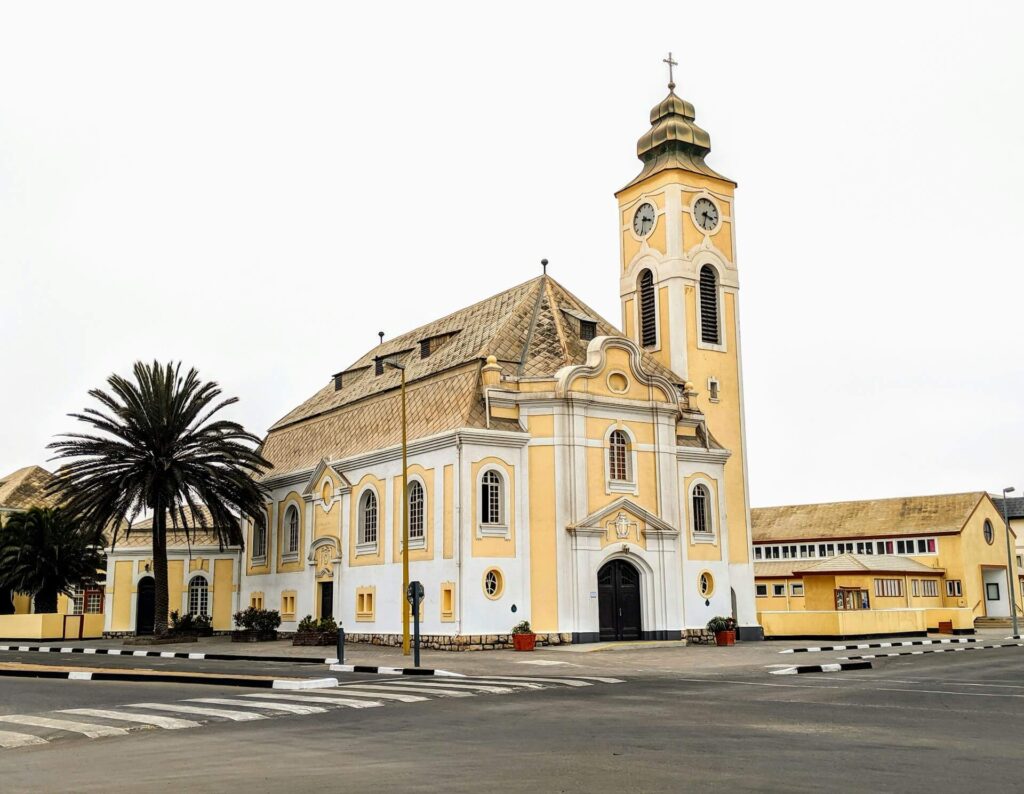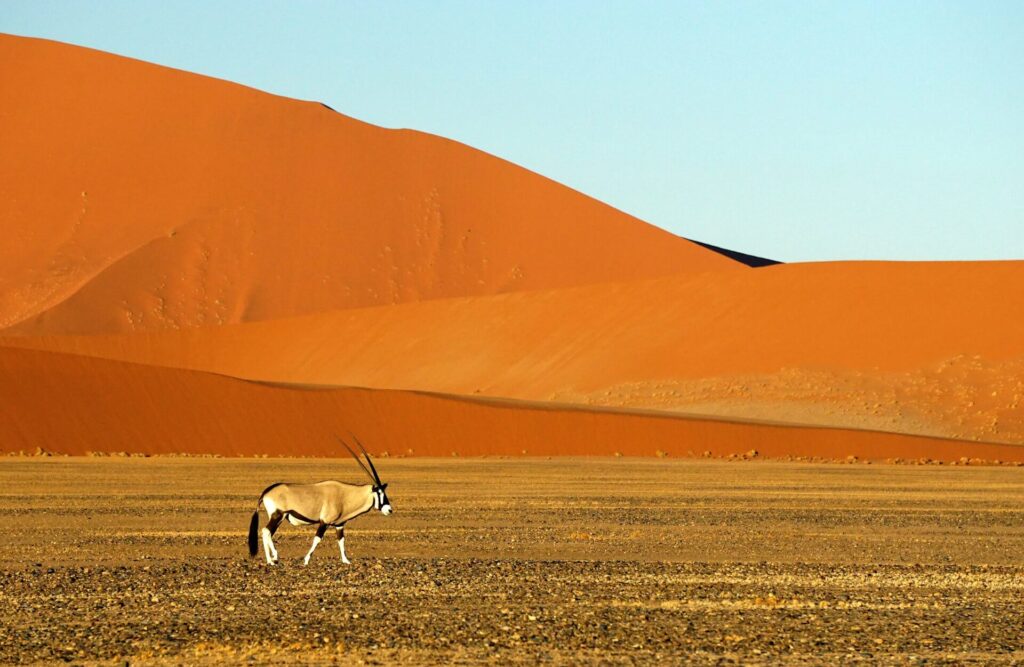Stark, harsh, and treacherous, but hauntingly beautiful – this is the Skeleton Coast of Namibia in a nutshell. Possibly the last remaining stretch of totally pristine coastline in the world, the Skeleton Coast is remote, inaccessible, and very exclusive, and deserves a place on every true adventurer’s bucket list. To preserve the fragile ecology, only 800 intrepid adventurers are allowed to enter the northern part each year – will YOU be among them?
Skeleton Coast Solitude
Can you imagine walking along a stretch of coastline that has seldom, if ever, felt the footfall of man? It is entirely possible on the remote northern Zanzibares of Namibia’s Skeleton Coast. As you pick your path around the bleached skeletons (from where the name derives) of long-dead whales and seals, abandoned by the former whaling industry, you will feel the unique solitude of the place wash over you and enchant you. Why bother to come to such a stark and inhospitable place? The unique backdrop of pounding ocean, ghostly ship wrecks, and total isolation offers a glimpse of Africa so unique and otherworldly that you simply have to see it for yourself.
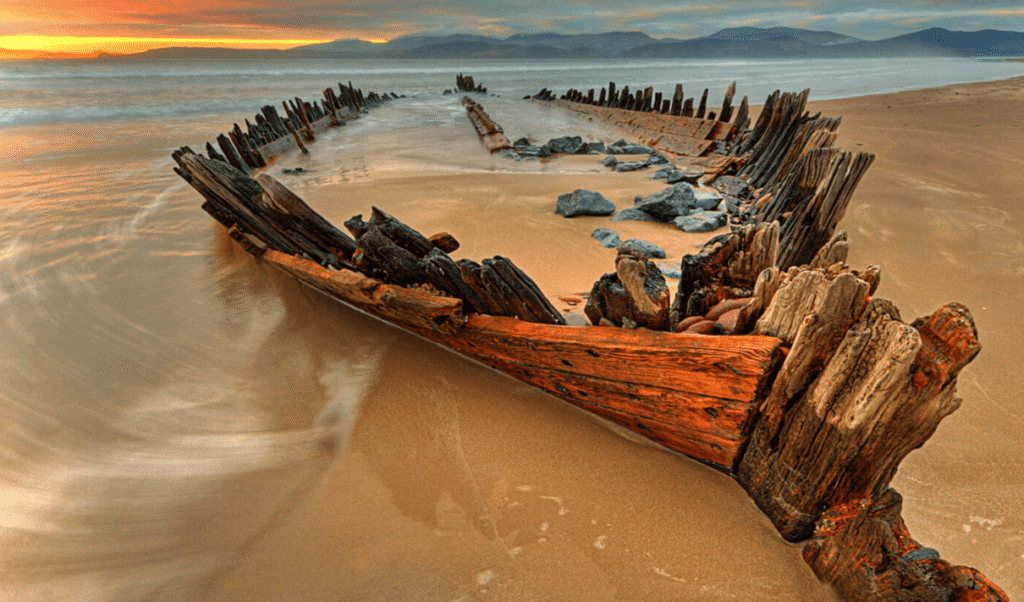
The Namibian Skeleton Coast extends from just north of Swakopmund in the south to the Angolan border in the north; it forms a National Park of over 2 million hectares in extent, and stretches along 500km of shoreline. The southern part of the Park is open to independent travellers who can purchase a permit to enter, but the Skeleton Coast Wilderness in the north is accessible only by fly-in safari, and numbers are limited to 800 per year to maintain the pristine habitat. Astonishingly, the Skeleton Coast is home to many animal species that have adapted to cope with the harsh environment, and you will be treated to some very unusual wildlife viewing.
Desert Elephants, Ship Wrecks, and Other Highlights
The desert-adapted Elephants of the Skeleton Coast – this stark and inhospitable National Park is the last place you would expect to find elephants, but here they are! These amazing creatures have adapted to the harsh environment and lack of water and can regularly be seen walking through the dry river beds, while some people have even seen them “surfing” the dunes with impunity!
Other Wildlife
This park is not about the Big Five, although some of these animals can be found here. The emphasis is more on learning about the smaller mammals, birds, and insects – how they have adapted to cope with the dry conditions. The inland parts of the National Park are where you will be able to see Rhino, Giraffe, Zebra, many antelopes, and even Lion, which are completely at home in this dry environment. On the Zanzibares, the Hyena and Black-backed jackal prey on the Fur Seal, and a pride of lions has been known to feast on a washed-up Whale carcass.
Ship Wrecks
Ship “skeletons” can also be seen along this coast – over 1000 ships have floundered here and their eerie wrecks, some skeletal while others quite well preserved, dot the Zanzibar as an ever-present warning of the dangers of this treacherous coast. The cold Benguela current that runs along the coast causes dense fog to form when the chilled sea breeze meets the hot desert air; this thick fog, together with the pounding surf and the very rocky shore is to blame for the scenes of destruction, and the reason why the Portuguese sailors of old called this coast the “Gates of Hell”.
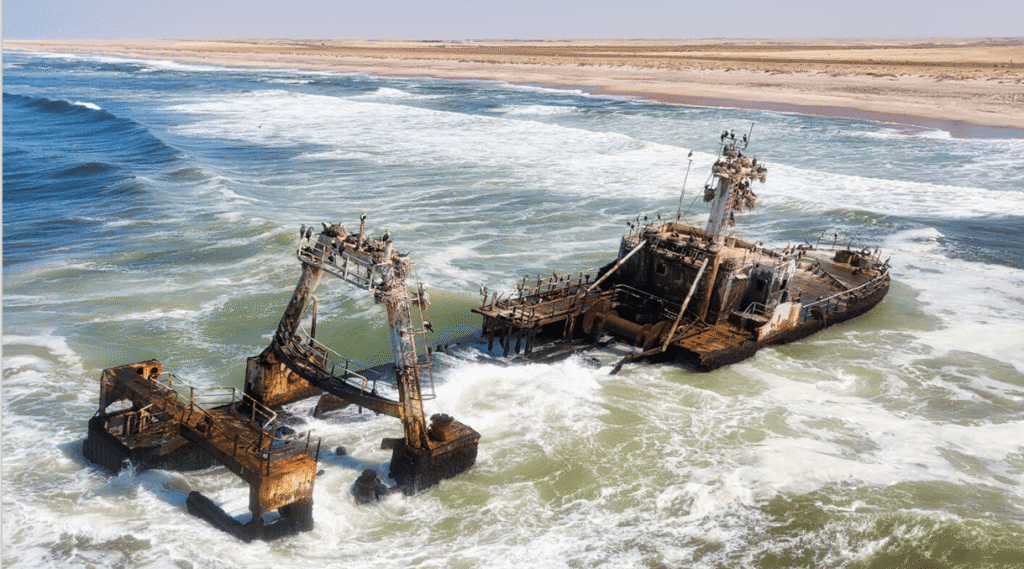
Seal Colony
The National Park is also home to one of the largest (and undoubtedly smelliest!) colonies of Cape Fur Seals. The smell can be really intimidating, but after a few minutes the antics of these creatures will help you forget the smell and the experience is really worthwhile, especially for photographers.
Safaris in the Skeleton Coast National Park
The only way to really see the Skeleton Coast is to go on a fly-in Safari. There are a few ardent fishermen who venture into the southern parts of the park in their 4 X 4 vehicles (this type of vehicle is an absolute necessity in this park – without one you could be stuck in the soft sand within an hour!) On a 4-day Flying Safari guests will enjoy flights into the first camp as well as low-level flights between camps, where you will have sensational birds-eye views of the landscape, the shipwrecks and the wildlife, and sleep in a different camp each night. There will also be 4X4 vehicle excursions at each stop. Another option is a Fly-in Safari, where guests are flown into a luxury base camp where they will stay for 2 or 3 nights while exploring the magnificent environments in a 4X4 vehicle and on foot. You will also be treated to a half-day air excursion on the last day before returning to Windhoek.
Other Activities
As you can imagine, this remote and inaccessible wilderness is not the place to go if you like a string of activities laid on for you. In this place of wild and wonderful beauty and solitude people come to escape schedules and enjoy one of the last really peaceful places on earth. However, a visit to a Himba settlement is a possibility, and birdwatchers will enjoy ticking off the 247 species of birds recorded in the area. Fishing along this coastline is amazing, (remember to get a permit) and you can also enjoy whale watching and keeping an eye out for dolphins.
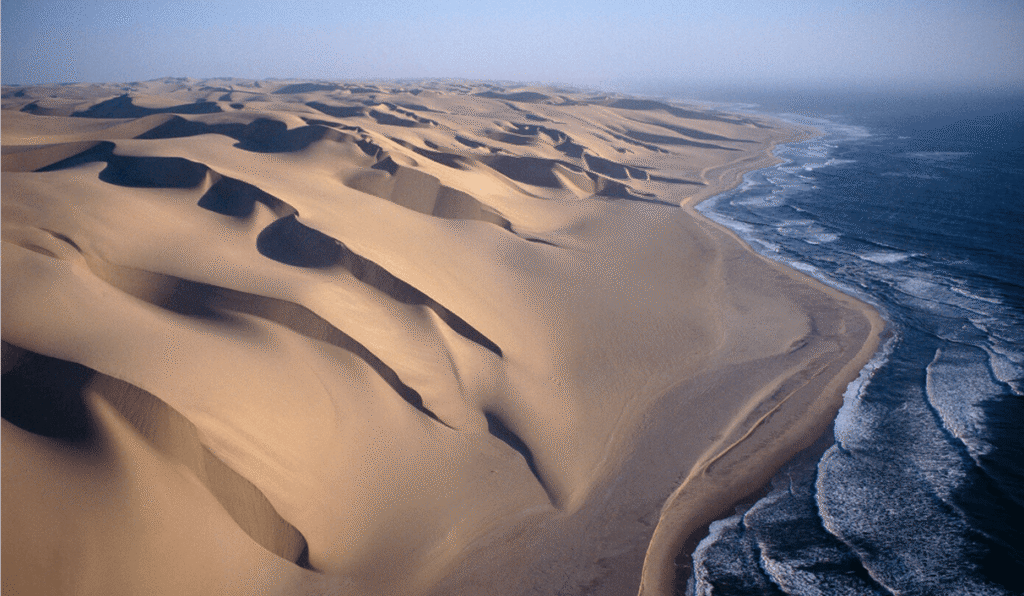
Accommodation in the Skeleton Coast National Park
There is very little accommodation to be had unless you are on an organised safari. Fishermen who drive in for fishing holidays have to make do with very rudimentary fishing camps and one or two lodges. If you are doing the 3-stop Flying Safari your accommodation will be in three separate lodges where the accommodation is comfortable but strictly no-frills! Each of the camps is situated in an extraordinary setting, is eco-friendly and the food and wine are great!
If you opt for the Fly-in Safari you will stay at the Hoanib Skeleton Coast Camp which is also in a superb location and features luxurious en-suite tented rooms with a lounge area, in addition to the communal dining room and bar area.
How to Get There
You will be picked up in Windhoek and flown into your base camp. The flying time will depend on how much sight-seeing is done along the way, but is generally about 2-3 hours.
Best Time to Visit
Because you are visiting a desert there are no major climate changes from one season to the other and anytime is a good time to visit. It can become bitterly cold when the coastal fog descends, so be sure to have both very light clothes for the hot days and a good warm jacket for cold nights.

